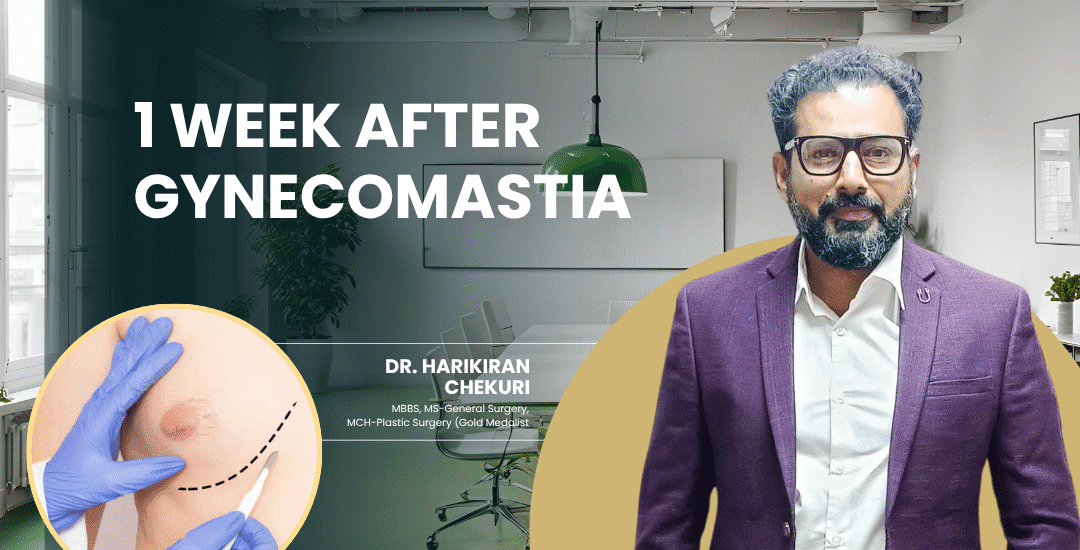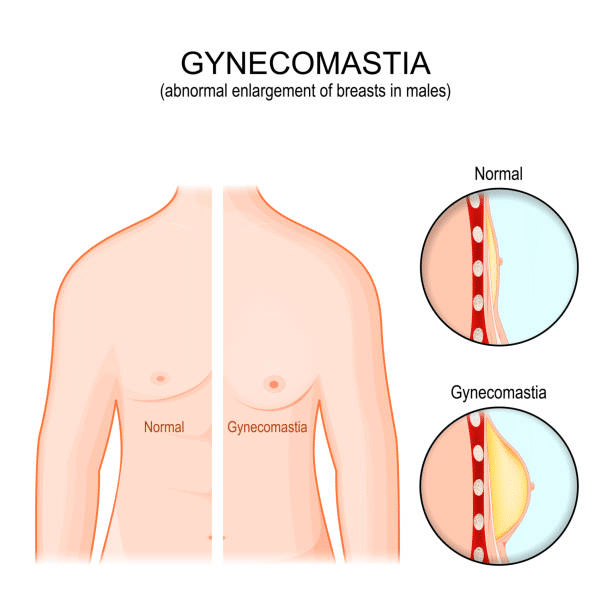
What Happens 1 Week After Gynecomastia Surgery
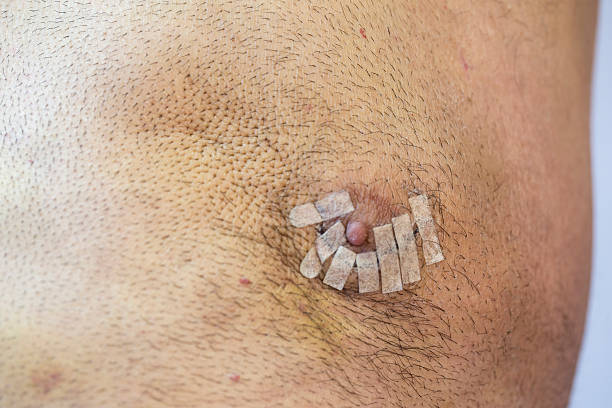
One week after your surgery, your body is still in the early healing phase. Swelling, mild bruising, and tightness around the chest are common and should not cause alarm. These symptoms gradually subside over the next few weeks as your body recovers.
You may notice:
• Mild swelling and discomfort
• Bruising around the incision sites
• Sensitivity or tightness in the chest area
• Slight fluid retention beneath the skin
At this stage, the chest contour begins to take shape, but the final results are still developing. Most patients can see a noticeable improvement, but the tissues are still settling into their new position.
Here’s what you need to know
How Should I Care for My Chest 1 Week After Gynecomastia Surgery?
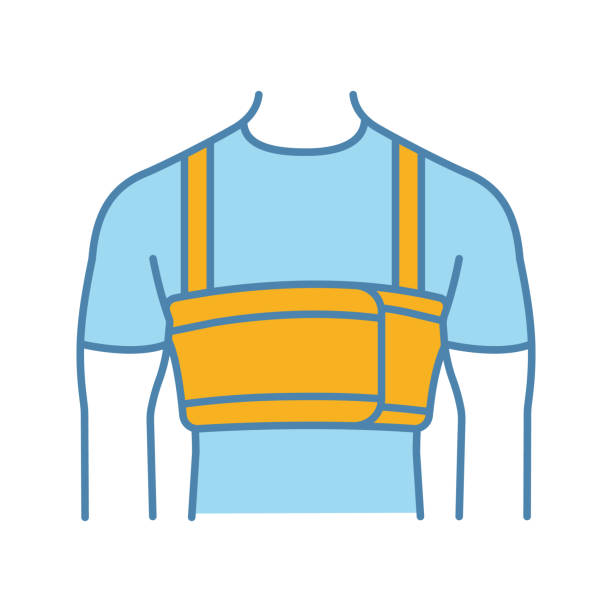
Proper post-operative care ensures faster recovery and reduces complications. One week after gynecomastia surgery, you should follow these essential care tips:
1. Continue wearing compression garment
Keep your compression garment on as instructed. It supports the chest, reduces swelling, and helps the skin conform to your new shape. Avoid removing it for long durations unless directed by your surgeon.
2. Maintain clean incision sites
Use a mild antiseptic or as prescribed by your surgeon to clean the incision area. Always dry the area gently with a clean towel. Avoid applying lotions, powders, or creams near the incisions unless prescribed.
3. Manage pain and swelling
Mild discomfort is normal. Pain medication or anti-inflammatory drugs prescribed by your doctor can help. You can also apply a cold compress for short periods to reduce swelling, but avoid direct contact with the skin.
4. Sleep in an elevated position
Sleeping with your upper body slightly elevated helps reduce fluid buildup and swelling. Avoid lying on your chest for at least 2–3 weeks.
5. Avoid strenuous movements
While light walking is encouraged, avoid any activity that strains the chest muscles, such as weight lifting, push-ups, or running.
Let’s find out when you can return to your normal routine
Can I Do Daily Activities 1 Week After Gynecomastia Surgery?
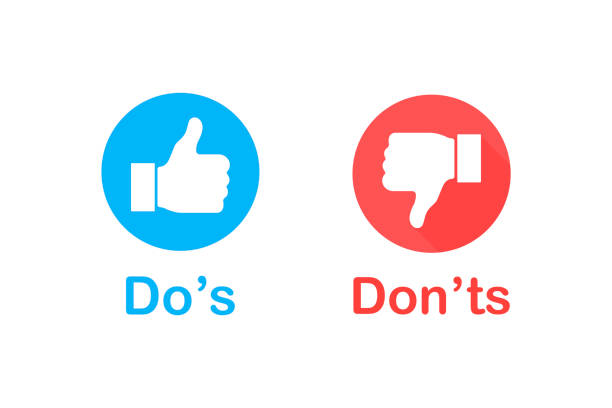
● Avoid driving if you are still taking pain medication.
● Do not lift heavy objects or engage in exercises involving the upper body.
● Skip gym workouts for at least 3–4 weeks.
● Stay away from swimming pools or saunas, as moisture and heat can affect healing.
Your body is still in recovery mode. Rushing back into intense activity too early may lead to swelling, fluid collection, or prolonged healing.
Best Diet for Recovery 1 Week After Gynecomastia Surgery
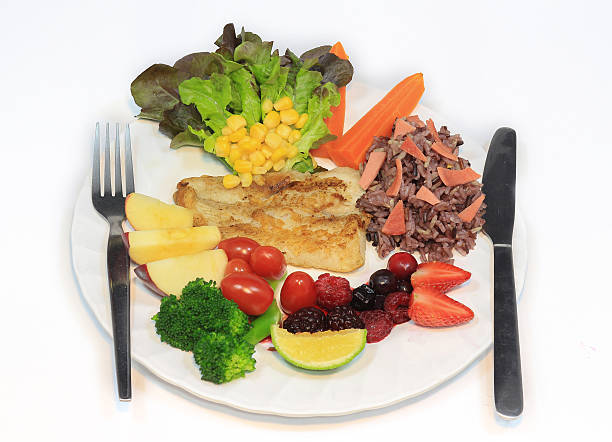
Diet plays a crucial role in how quickly your body recovers post-surgery. One week after gynecomastia, focus on nutrient-rich, anti-inflammatory foods that support tissue repair.
1. Protein-rich foods
Protein helps rebuild tissues and aids in faster wound healing. Include eggs, fish, lean meats, tofu, and lentils in your meals.
2. Vitamin C and zinc
Both are essential for collagen production and immune function. Add oranges, strawberries, bell peppers, spinach, and nuts to your diet.
3. Hydration
Drink plenty of water to flush out toxins and reduce bloating. Herbal teas and coconut water can also help maintain hydration.
4. Avoid processed and salty foods
Too much salt can cause water retention, leading to swelling. Stay away from junk food, processed snacks, and carbonated drinks.
5. Small frequent meals
Eat smaller, balanced meals throughout the day to maintain energy and avoid bloating.
When to Consult a Surgeon
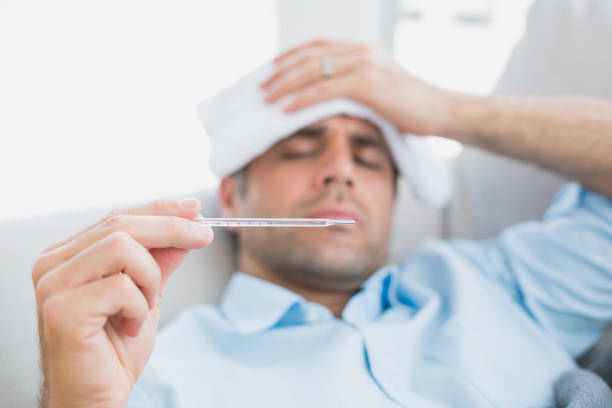
• Excessive bleeding or discharge from the incision site
• Unusual swelling or redness spreading across the chest
• Persistent fever or chills
• Sharp, worsening pain unrelieved by medication
• Uneven chest shape developing suddenly Regular follow-up appointments are crucial during this stage. Your surgeon will monitor healing progress, remove any stitches (if not dissolvable), and ensure that no fluid accumulation has occurred.
Conclusion
Remember, patience and proper care lead to the best outcome. Every individual heals differently, and your surgeon will guide you based on your progress.
Frequently Asked Questions
1. For how long does swelling persist after gynecomastia surgery?
2. When can I remove the compression garment?
3. Can I work out one week after gynecomastia surgery?
No, strenuous exercise or gym workouts should be avoided for at least 3–4 weeks to prevent strain on the chest muscles.
4. Is it normal to have numbness in the chest region?
Yes, mild numbness is normal because of nerve healing. Sensation normally returns slowly in a few weeks.

